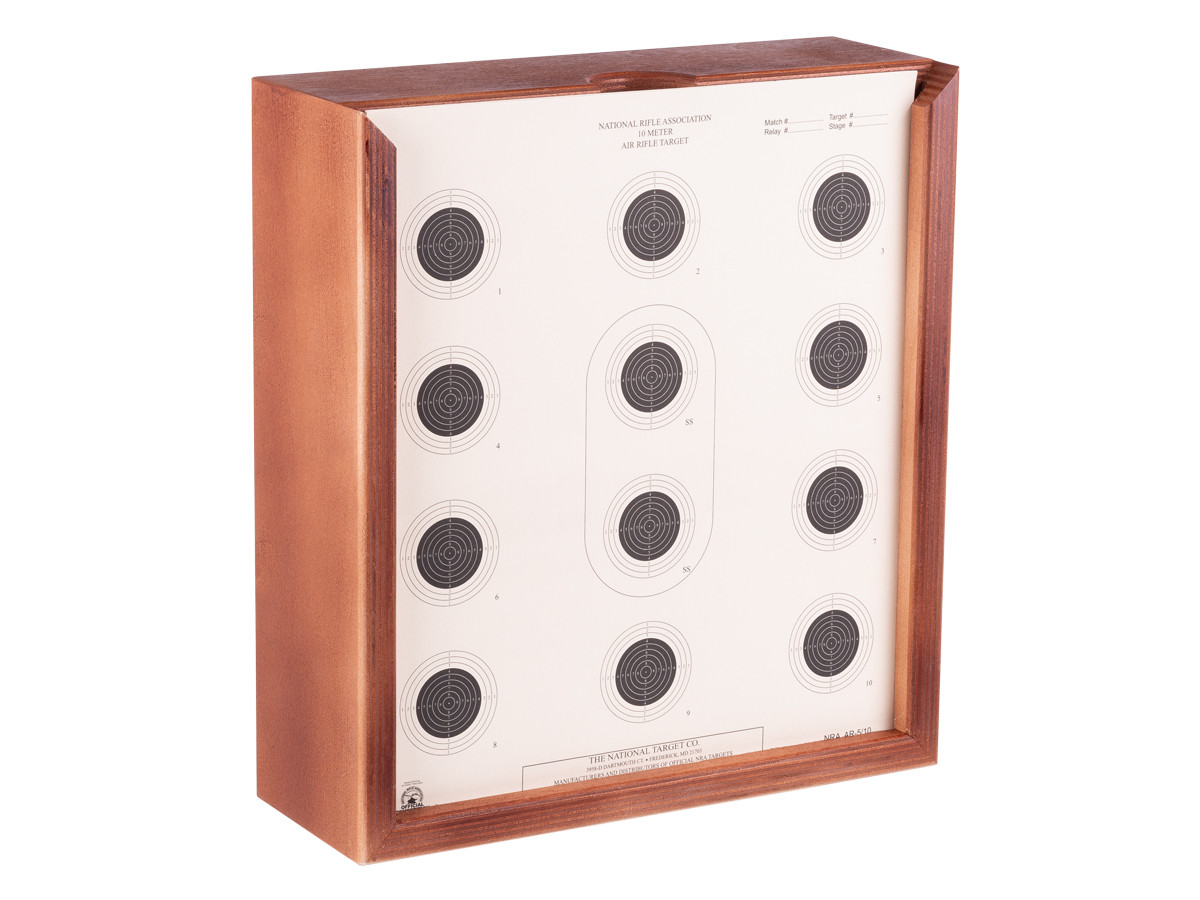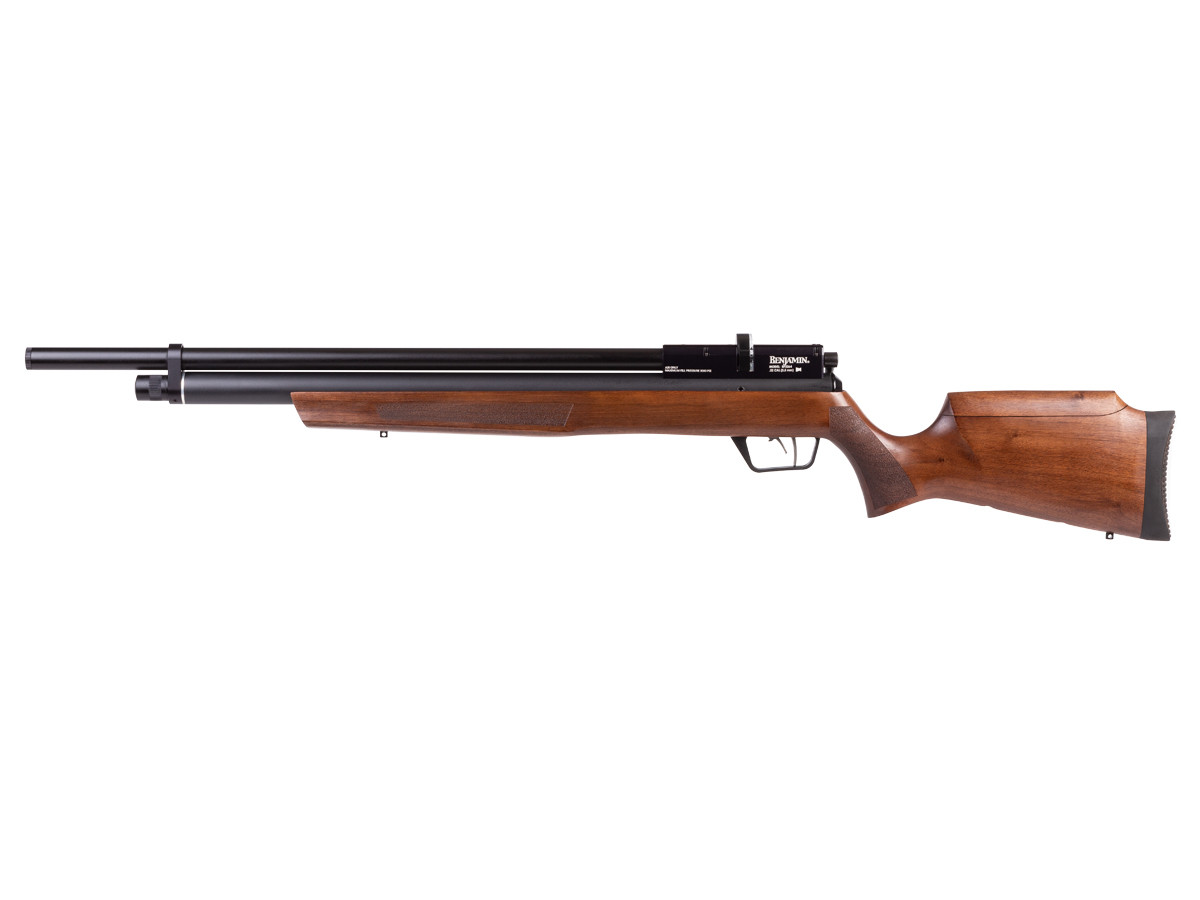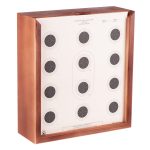We bet when you were growing up, you were told that sharing with others is a good thing. And we’d agree, especially when what we are sharing are our natural resources. So the question comes up: “Are air airguns good for the environment?” Today, we are going to explore that concept. Let’s get started.
Environmental Impact of Airguns?
To understand the environmental impact of airguns, we should probably look at shooting sports as a whole. Perhaps the biggest impact has come from the uncontrolled use of lead ammo. Some states are beginning to address this issue. While it’s certainly inconvenient and more expensive to find and use alternatives, the evidence has shown that the use of lead for hunting and target shooting can have a negative impact on our surroundings. Since we share the outdoors with others, is there a way we can do better?
Airguns offer a great opportunity to reduce the concentrated lead accumulation from target shooting at public ranges. When practical, airguns provide shooters the opportunity to get critical trigger time right on their property. Additionally, pellets are much easier to trap safely than bullets. Hence, the use of pellet traps not only prevents lead from getting into the ground but also can be reclaimed and smelted down for other uses down the road.
Hunting with airguns could also yield some positive environmental benefits. The use of lead-free ammo, along with reduced range, requiring better hunting techniques and shot placement, could help reduce errant, unnecessary shots and wounded game. It’s an aspect of hunting with an airgun that can be frustrating but also very rewarding when you acquire the skill set and enjoy successful hunts.
Did You Hear That?
The reduction of lead on public and private land can certainly lead to a better environment, but what else can airguns bring to the table to help? How about noise pollution? Now we know that you can get suppressors for firearms and they really help keep the noise down, but they are expensive, and can take over a year for the paperwork before you can take possession of one. That’s not the case for airguns.
The very nature of airguns makes them quieter than firearms. Additionally, airguns can feature integrated or permanently attached moderators to help them be even quieter. One of the first examples of a moderated airgun to hit the mainstream airgun market was the Benjamin Marauder, and it’s still very popular today.
The Benjamin Marauder opened the door for everyday airgunners to acquire and enjoy PCP airgunning. The fully shrouded barrel set the bar for how quiet an airgun could be and embodied the phrase “mouse fart” quiet. Whether you were shooting targets in the backyard or taking game out in the field, the Marauder paved the way for a totally new standard, and you can see it clearly reflected in today’s airgun offerings. They must be accurate. They must be adjustable. And they absolutely must be quiet.
Anything Else?
So we’ve looked at the reduction of lead contamination and also noise. Is there anything else? There are probably several other ways that airguns contribute to a better environment. They are more cost-effective to operate, and sportsmen don’t generally need to travel to get in some trigger time. That means less time on the road and less fuel burned up in the tank.
As we wrap up our look at how airguns can be good for the environment, it’s clear that shooting airguns will eventually save the planet. So be sure to do your part and buy a new airgun today, and make sure that all your friends are buying and shooting new airguns, too! Ok, so maybe that’s a bit over the top? But seriously, airguns do provide a cleaner and healthier alternative that’s worth considering.
Do you have some thoughts on how airguns are good or bad for the environment? We’d love to hear from you, so let us know.


